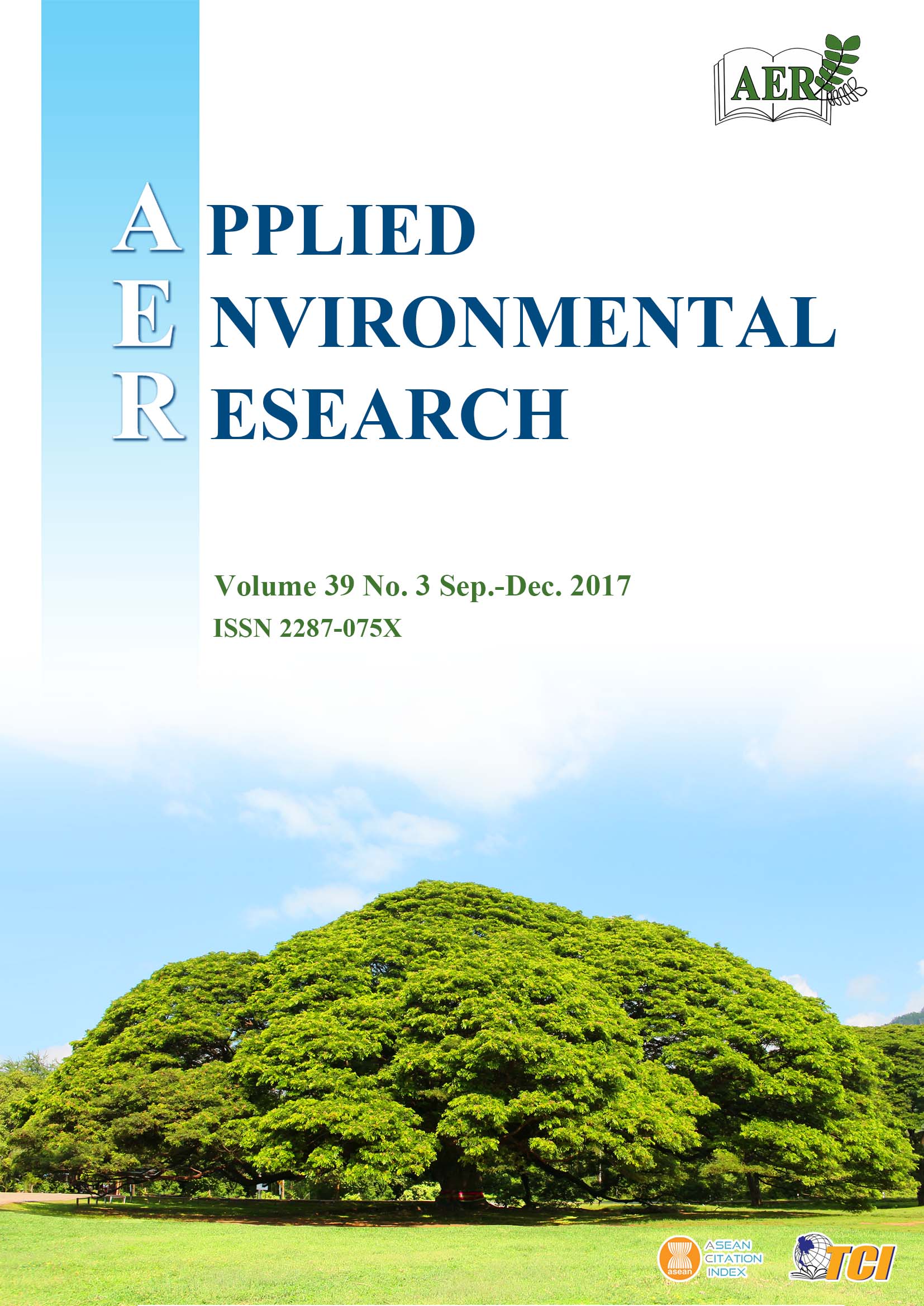Investigation of Formaldehyde in Gross Anatomy Laboratory: Area-Based and Exposure Levels, Ventilation, Health Risk and Clinical Symptoms
Main Article Content
Abstract
Formaldehyde is commonly used in embalming solution in medical fields to preserve tissues. Formaldehyde vapor released from cadavers during dissection practice can adversely affect students and instructors in gross anatomy laboratories. Therefore, this study investigated formaldehyde concentrations in a gross anatomy laboratory of Mahasarakham University, Thailand. Area-based sampling was conducted for three scenarios: (1) a laboratory cleaning period, (2) three periods of teaching classes and (3) a non-teaching class period. Personal samples were also collected for five consecutive working days from two anatomy lab instructors and a non-lab instructor. Measurements were conducted during May to October 2016 using cartridges filled with dinitrophenylhydrazine coated silica gel. Samples were desorbed and analyzed by high performance liquid chromatography. Results showed that the average area-based concentrations during the dissection classes ranged from 9.3 to 17.6 ppb, while the non-teaching class concentration was 5.5 ppb. The concentration increased to 3.1×103 ppb during the laboratory cleaning. The five-day average exposure concentrations were 7.6 ppb and 4.7 ppb for the two lab instructors and 1.1 ppb for the non-lab instructor. The lifetime cancer risk estimates were 5.8×10-6, 2.9×10-6 and 8.1×10-7, respectively. The three most reported clinical symptoms by the gross anatomy students were associated with formaldehyde concentrations above 16 ppb at the significance level of 0.05. These included unpleasant odor, general fatigue or fatigue after awakening and dizziness with response rates of 57.5 %, 38.5 % and 33.1 %, respectively. Improvement of the ventilation and source control measures are essential for reducing formaldehyde emissions in the gross anatomy laboratory.
Article Details

This work is licensed under a Creative Commons Attribution-NonCommercial 4.0 International License.
Published articles are under the copyright of the Applied Environmental Research effective when the article is accepted for publication thus granting Applied Environmental Research all rights for the work so that both parties may be protected from the consequences of unauthorized use. Partially or totally publication of an article elsewhere is possible only after the consent from the editors.

